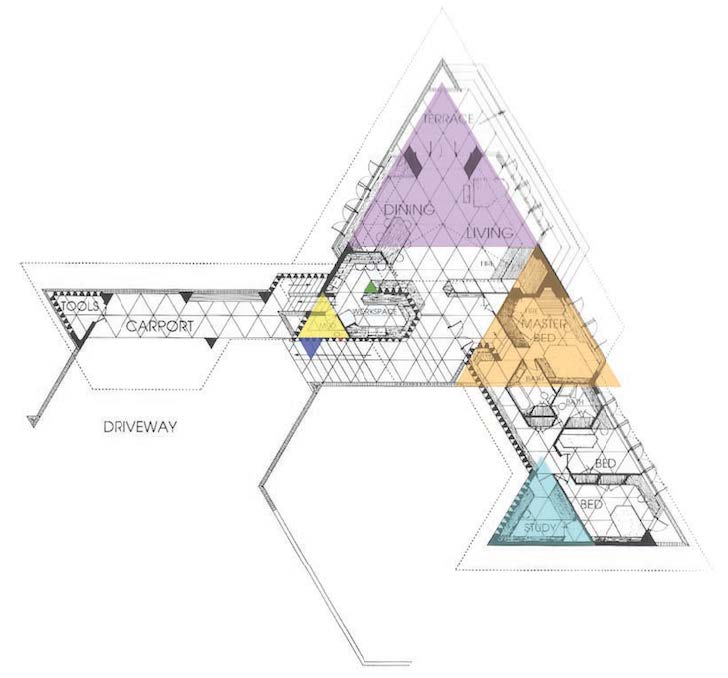In 2011, the United Nations reported that 3.6 billion people are living in urban areas, and this is expected to grow to 6.3 billion people by 2050 (World Urbanization Prospects, 2012). Today, 51% of the world population is living in urban areas and this comprises only 3% of the world’s surface (World Population Data Sheet, 2012). People are not only moving to cities but cities are moving to them, as cities become more bloated–swallowing towns and hamlets that once surrounded them. At the same time, we are facing unprecedented natural disasters. At the time of this writing (Fall, 2017) we have seen some of the worst wildfires ever in California, hurricanes and floods that have devastated Houston and Puerto Rico as well as major earthquakes across Mexico – and this is just the western hemisphere. Limits to growth are inevitable as the carrying capacity of the planet is tested beyond anything we have
seen before. Many indicators such as peak oil, drought, climate change, top soil depletion, bio diversity loss, ocean acidification, and so on, are having an effect on societies worldwide and especially in the third world.
Cities in as much as they represent the problem are also a potential solution in many ways. Research into the science of cities has shown that densely populated urban environments are generally more efficient the larger they become
(West, Bettencourt, 2010). A key question is, can architects and planners leverage this important aspect of urban dynamics? If so, we could perhaps design better buildings and infrastructure and consequently a more sustainable built environment for the pressures we face in the 21st century? A key to answering this question is provided by
Jacob’s quote above. We must identify the problem we face as one of organized complexity.
Solutions to the global challenges we face undoubtedly require a wholistic approach that looks at the problem from multiple perspectives. One important and powerful perspective is that of the designer. Design is not only an aspect
of how we make sense of the world around us but also how we alter or change the world around us. Senge offers an interesting thought problem with the analogy of a ship at sea. Senge asks, who has the most control of a ship? Is it
the captain or crew or perhaps the engineer in the engine room or maybe the navigator? The answer is the designer of the ship (Senge, 2006). Fuller offers a slightly different analogy to a ship in terms of the trim tab on the rudder
(Fuller, 2008). The trim tab has seemingly little to do with the overall working of the ship yet it has in fact a powerful influence on the overall heading even though it is a small and innocuous part. From a systems perspective this is a leverage point. A leverage point represents a part in a large and interconnected system where a small change in a part may have a synergistic effect on the whole. Design represents such a leverage point which has the potential to alter the direction we are headed in terms of how we steward our environment.
Recently, however, we have seen in architecture the influence of computer aided design (weak AI) gaining momentum as architects borrow data mining techniques and analytic computational approaches to help solve the “wicked” problems our built environments represent, although a comprehensive theoretical and pragmatic approach is still lacking (Buchanan, 1992). Many tools are now available for the
architect which not only have redefined how architects design and represent buildings but also suggest a new paradigm of design science that applies rigor and analysis to the creation of form. The field of design science anticipated by Fuller and others is still in its infancy and much remains to be done to bridge the gap between science and design.
We may now have the tools necessary for assessing the scope of the problem but AI by itself remains largely a black box in the architect’s world. It is important to integrate AI as a toolset within a context and culture of architecture to more adequately address the problems we face while retaining the essential aspects of architecture such as precedent and creativity that make architecture what it is. The question then becomes not simply how can we apply science to architecture, for instance using the power laws we observe in cities to improve the way we design buildings but rather – how can we do this and retain the spirit of architecture?
